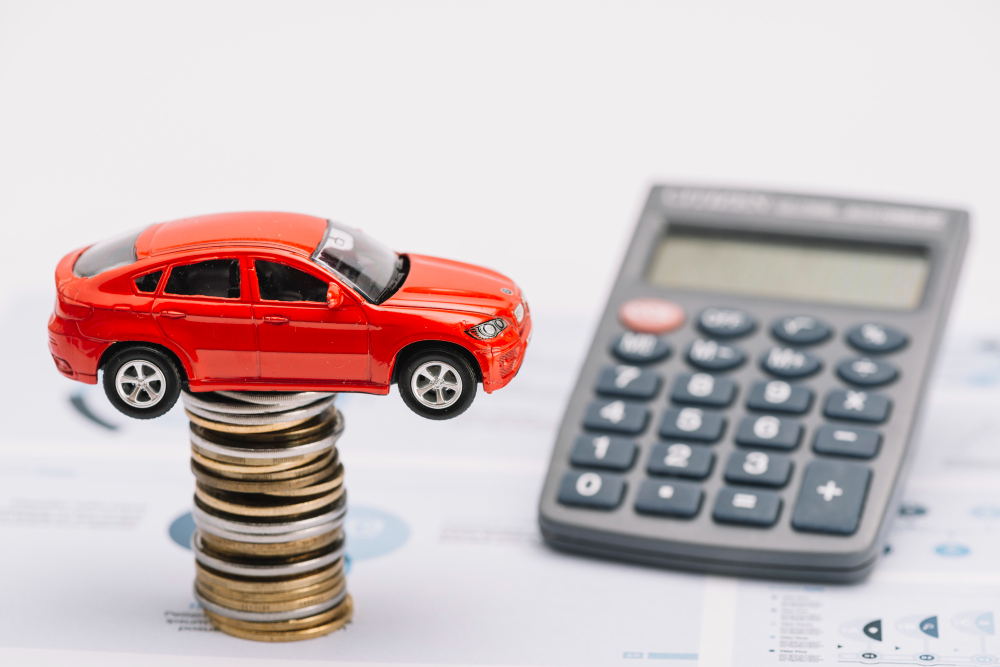Owning a car comes with a multitude of responsibilities, and safeguarding your investment with car insurance is paramount. To ensure you receive fair compensation in case of theft or total damage, understanding your Insured Declared Value (IDV) is crucial. This blog delves into the world of IDV, empowering you to make informed decisions regarding your car insurance coverage.
What is IDV?
IDV stands for Insured Declared Value. It represents the maximum sum your car insurance company will pay you in the event of your car’s total loss due to theft, fire, or irreparable damage. Essentially, it’s the market value of your car at the time of insurance purchase or renewal.
Why is IDV Important?
IDV plays a critical role in determining various aspects of your car insurance:
- Claim Settlement Amount: In the unfortunate event of a total loss, the IDV dictates the maximum compensation you receive from your insurer.
- Insurance Premium: The IDV directly impacts your car insurance premium. A higher IDV translates to a higher premium, as the insurer assumes a greater risk. Conversely, a lower IDV results in a lower premium but potentially lower compensation in case of a claim.
Calculating IDV
The formula for calculating IDV is:
IDV = Manufacturer’s Listed Selling Price (Ex-Showroom Price) – Depreciation
Factors Affecting IDV
- Manufacturer’s Listed Selling Price (Ex-Showroom Price): This is the price quoted by the manufacturer, excluding taxes and registration charges.
- Depreciation: The value of your car depreciates over time due to wear and tear, age, and market trends. The Insurance Regulatory and Development Authority of India (IRDA) prescribes specific depreciation rates for different car models and ages.
- IDV Add-Ons: Certain add-on covers, such as zero depreciation or depreciation protection, can increase the IDV by limiting or eliminating depreciation deductions during claim settlement.
Types of Depreciation
- Age-based Depreciation: This is the standard depreciation applied based on the age of your car. The depreciation rate varies depending on the car’s age, typically ranging from 15% to 30% per year.
- Brand-based Depreciation: Some car brands are known to depreciate faster or slower than others. This factor is considered while calculating the IDV.
Maintaining an Accurate IDV
It’s crucial to ensure your IDV reflects the current market value of your car. Here’s how:
- Declare an accurate IDV: When purchasing or renewing your car insurance, be honest and realistic about your car’s value.
- Regularly update IDV: As your car ages, its market value decreases. Update your IDV during renewals to reflect the depreciated value and avoid underinsurance.
- Consider add-ons: Explore add-on covers like zero depreciation or depreciation protection to minimize the impact of depreciation on your claim settlement amount.
Benefits of an Accurate IDV
- Fair Claim Settlement: An accurate IDV ensures you receive the appropriate compensation in case of a total loss, preventing financial hardship.
- Optimal Premium: By declaring the appropriate IDV, you avoid paying an unnecessarily high premium for overvalued insurance or receiving inadequate compensation due to undervaluing your car.
Consequences of an Inaccurate IDV
- Underinsurance: Declaring a lower IDV than the actual market value can lead to underinsurance. In case of a total loss, you’ll receive only the IDV amount, leaving you to bear the remaining financial burden.
- Overinsurance: Conversely, declaring a higher IDV than the actual market value results in overinsurance, leading to you paying a higher premium without receiving any additional benefit in case of a claim.
Conclusion:
Understanding IDV is crucial for making informed decisions regarding your car insurance. By accurately declaring and regularly updating your IDV, you can ensure optimal coverage, fair claim settlements, and efficient management of your financial well-being. Remember, striking a balance between adequate coverage and affordability is key. Consult your insurance agent or broker to discuss your specific needs and determine the most suitable IDV for your car.


















